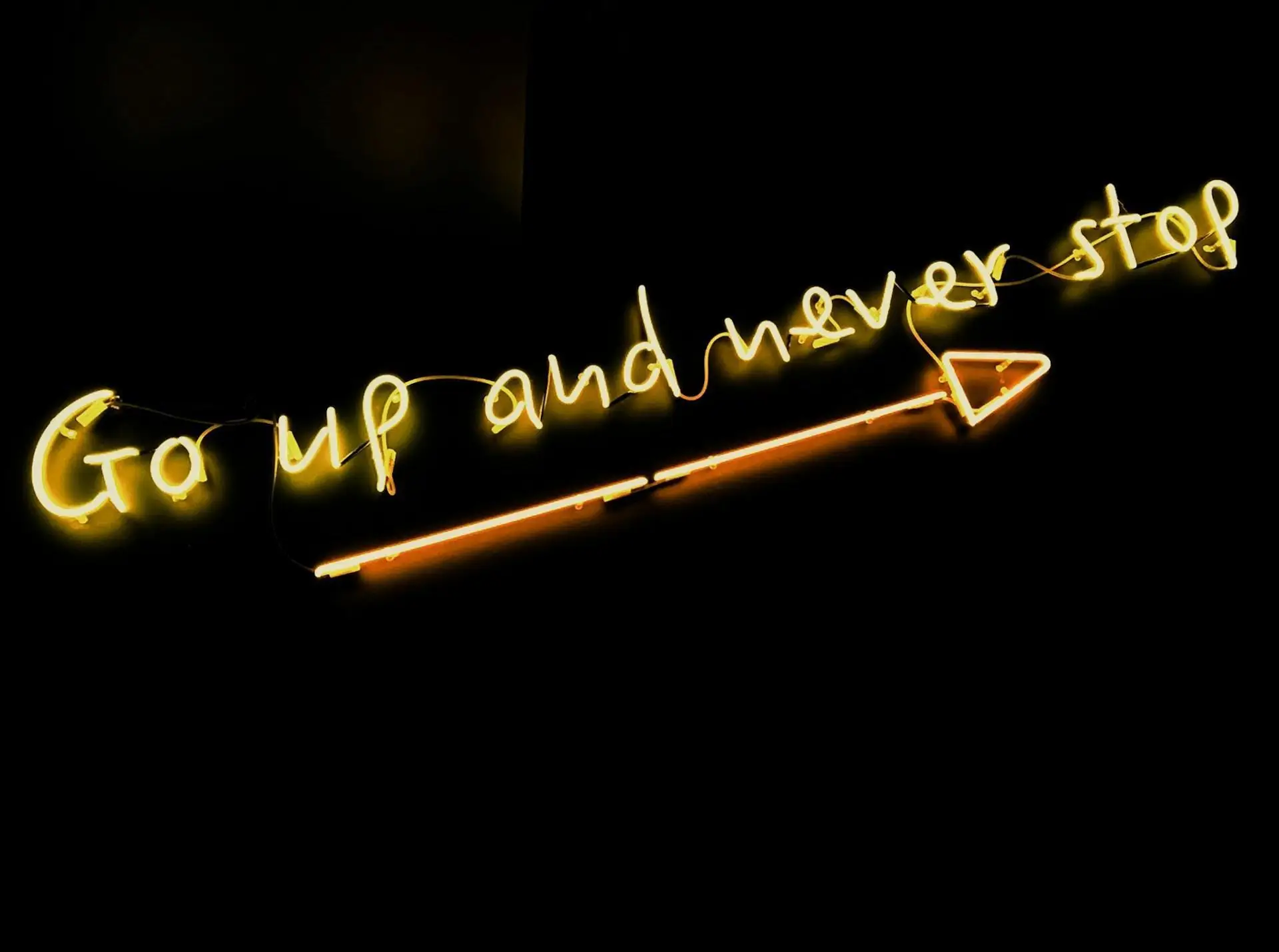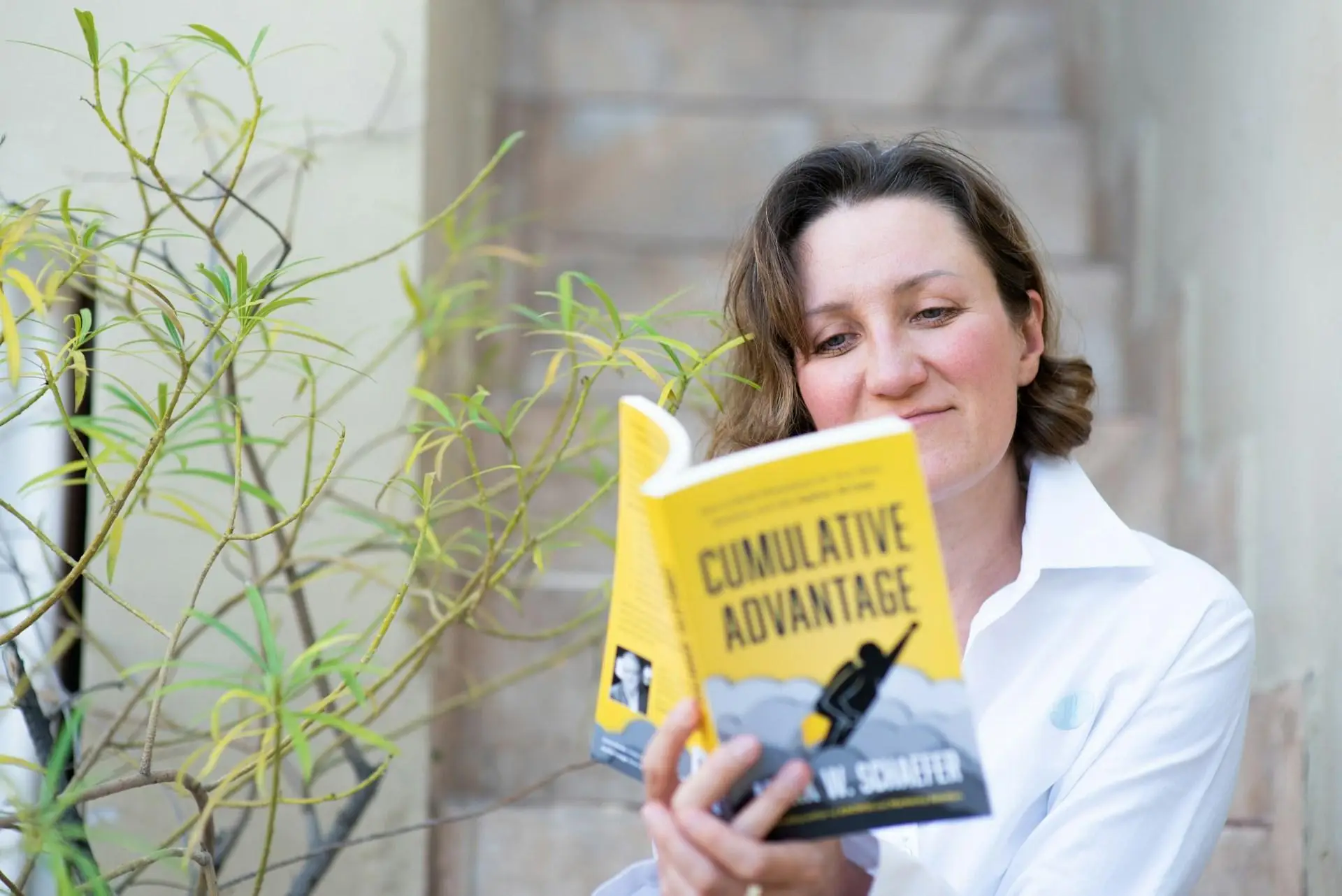Why Some Art Makes Us Uncomfortable - The Science of Visual Dissonance
The Psychology of Visual Discomfort
Visual dissonance occurs when artwork creates psychological tension or discomfort in viewers through deliberate manipulation of visual elements, challenging our brain's natural pattern recognition and processing mechanisms. This phenomenon has fascinated artists, psychologists, and neuroscientists for generations.
Neural Responses to Challenging Art
Brain Activity Patterns
Research using neuroimaging has revealed that uncomfortable art triggers specific responses in the brain:
- Increased amygdala activation
- Heightened visual cortex activity
- Altered prefrontal cortex function
- Disrupted pattern recognition
- Enhanced emotional processing
The Elements of Discomfort
Visual Triggers
Several key artistic elements commonly contribute to viewer discomfort:
- Asymmetry and imbalance
- Clashing colors
- Distorted proportions
- Unexpected juxtapositions
- Violation of natural patterns
Historical Context of Disturbing Art
Evolution of Discomfort
Artists throughout history have deliberately created uncomfortable works to achieve specific emotional responses:
| Period | Movement | Notable Examples |
|---|---|---|
| Medieval | Gothic Art | Hieronymus Bosch |
| Modern | Surrealism | Salvador Dalí |
| Contemporary | Body Art | Marina Abramović |
| Digital Age | Glitch Art | Various Artists |
The Role of Cultural Context
Societal Influences
Cultural background significantly influences how individuals perceive and respond to challenging artwork:
- Religious beliefs
- Social norms
- Historical context
- Personal experiences
- Cultural taboos
Physiological Responses
Body and Mind
The human body exhibits measurable physical responses to visually challenging art:
- Increased heart rate
- Elevated stress hormones
- Muscle tension
- Changed breathing patterns
- Altered brain wave activity
Therapeutic Applications
Healing Through Discomfort
Understanding visual dissonance has led to innovative therapeutic applications:
- Art therapy techniques
- Trauma processing
- Emotional regulation
- Cognitive restructuring
- Psychological assessment
The Digital Dimension
Technology's Impact
Modern technology has introduced new forms of visual discomfort:
- Digital glitch aesthetics
- Virtual reality experiences
- Algorithmic art distortions
- Interactive installations
- Mixed reality environments
Artist Intentions
Creative Purpose
Artists often deliberately employ visual dissonance to:
- Challenge societal norms
- Provoke emotional responses
- Question reality
- Stimulate dialogue
- Push artistic boundaries
Scientific Understanding
Research Insights
Recent studies have identified specific mechanisms behind visual discomfort:
- Pattern processing disruption
- Cognitive load increase
- Emotional triggering
- Perceptual confusion
- Sensory overload
The Evolution of Aesthetic Discomfort
Changing Perspectives
Our understanding and tolerance of visually challenging art continues to evolve:
- Shifting aesthetic norms
- Cultural adaptation
- Technological influence
- Psychological awareness
- Artistic innovation
Beyond Discomfort
The relationship between art and discomfort represents a complex interplay of psychology, neuroscience, and cultural factors. Understanding why certain artworks create discomfort helps us appreciate their deeper significance and role in human expression and experience.
The study of visual dissonance continues to reveal important insights about human perception, emotion, and consciousness, contributing to both artistic practice and scientific understanding. As our knowledge grows, so does our ability to harness the power of uncomfortable art for meaningful purposes in therapy, social commentary, and artistic innovation."









